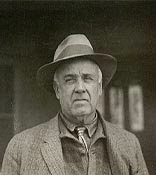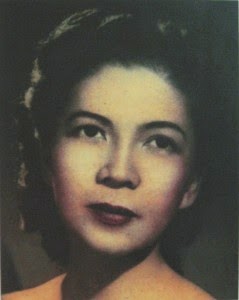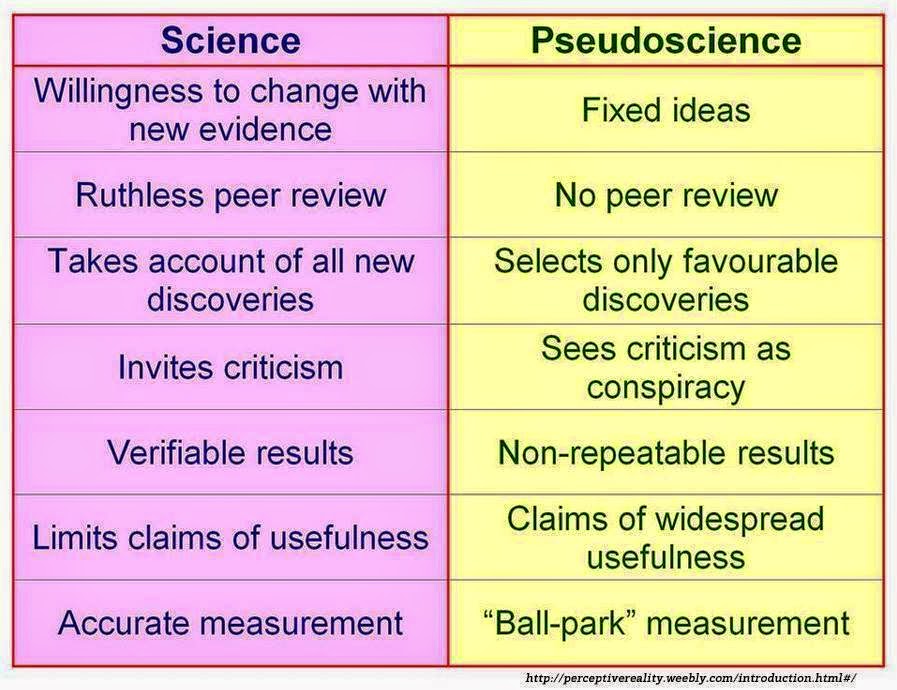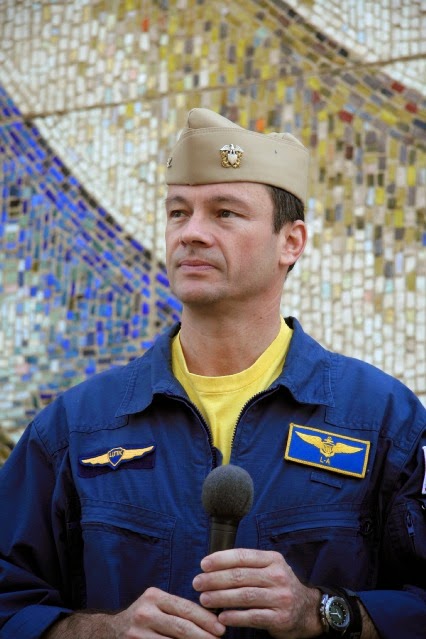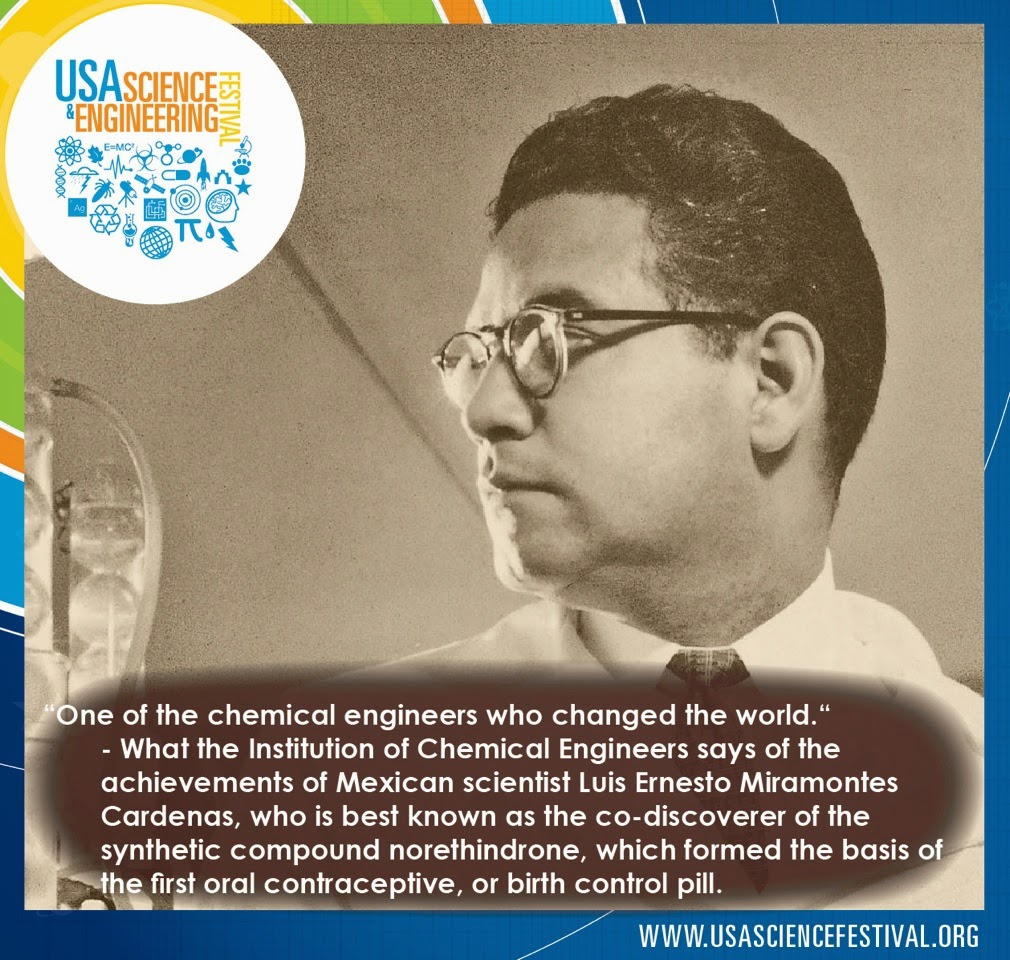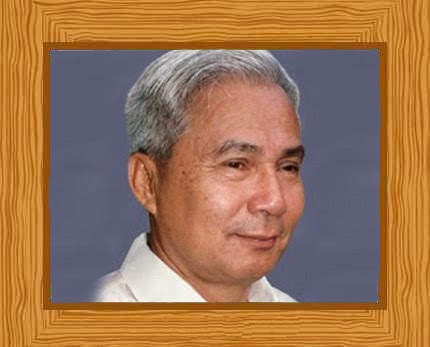 |
| Dr. Angel Alcala. See Famous Scientists link below |
Angel Alcal has more than thirty years of experience in tropical marine resource conservationa. Angel Alcala is considered a world class authority in ecology and biogeography of amphibians and reptiles, and is behind the invention of artifical coral reefs to be used for fisheries in Southeast Asia. Angel Alcala is the Director of the Angelo King Center for Research and Environmental Management.
Angel Alcala - Degrees:
Undergraduate degree Silliman University
Ph.D. Stanford University [1]
Angel Alcala was born on the first of March in 1929. He and his family were from Cauayan, Negros Occidental. His mother Crescenciana Chua and his father Porfirio Alcala were residing in Caliling, a coastal village in Negros Occidental. Because of his exposure to a coastal setup, it is no wonder where Angel Alacala’s awareness and love for marine life came from. While they lived in a humble and rural setup, their simple living had always been supported by the bounty of the sea.
His early years in school had been indicative of his thirst for knowledge and desire to excel. He finished his high school years in Kabankalan Academy where he was one of the scholars. He had also been an active member of the academy’s debate team, and had taken part in their Boy Scout troop as well as other extra-curricular activities.
It was in 1948 when Angel Alcala took his pre-medicine course. He had his courses which made him earn his undergraduate degree in Silliman University, the oldest American building and institution in the Philippines, and the oldest university in Asia that was founded by the Americans. Because of his promising potential and evident intelligence, he was later on accepted to be a student of the University of the Philippines’s College of Medicine.
However, Alcala decided not to let the opportunity go due to the financial circumstances that his family faced. In 1951, he had finished the biological studies he started at the Silliman University and he graduated as the magna cum laude of his batch. Despite having given up the opportunity at the University of the Philippines, Angel Alcala was marked to make a change in history after his graduation from the Silliman University.
Walter C. Brown who happened to be one of the Fulbright professors of Stanford University arrived at Silliman University. He had then taken Alcala as one of his protégés and their partnership paved the way for numerous scientific researches concerning biology in the Philippines. They worked together on several publications and went on numerous field trips to come up with data for their researches and publications.
Through the support of Walter Brown, Alcala was granted a well-deserved Fulbright/Smith-Mundt Fellowship which was what had helped him earn his master’s degree. In 1964, Alacala went back to Stanford to finish his doctorate and two years later, he became one of the associate professors of Silliman University. [2]
1. Filipino inventors: Angel Alcala - Filipino Biologist, Mary Bellis
2. Famous Scientists: Angel Alcala, PhD


